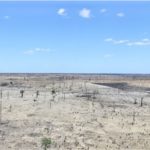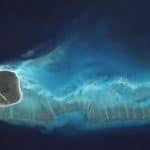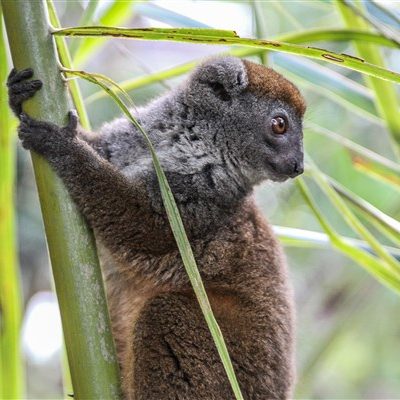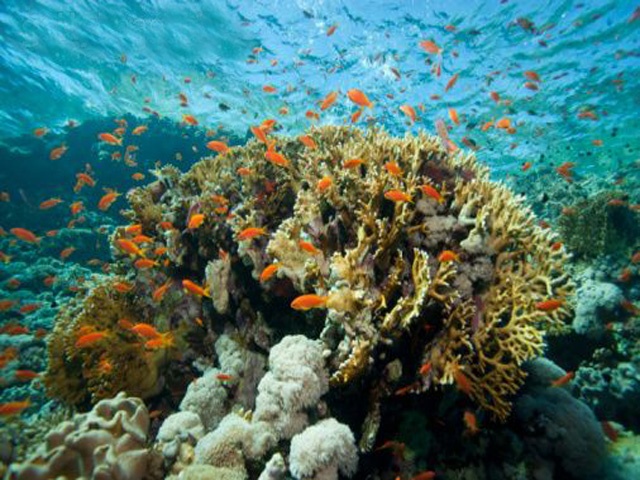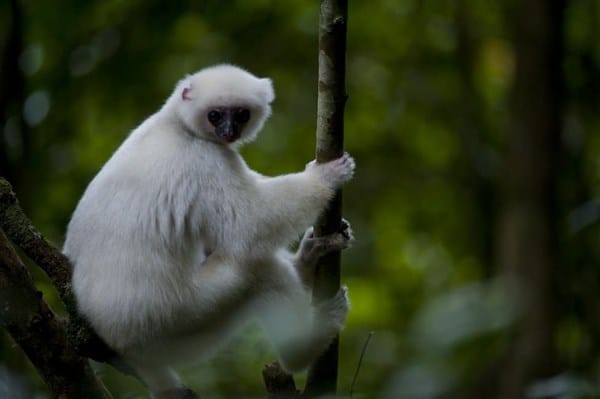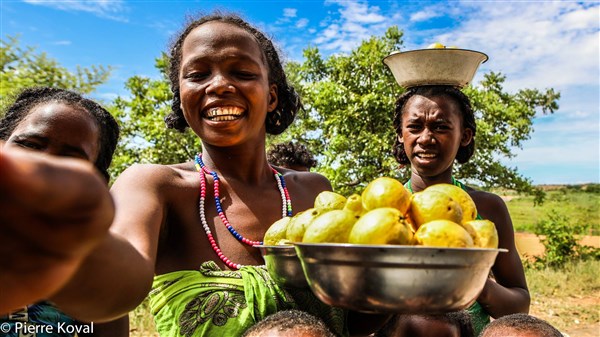Antongil Bay and Masoala Peninsula
The Antongil Bay and the Masoala Peninsula form one of the last remaining areas of eastern rainforest, a dense and opaque, partially unexplored world that is home to endemic animal and plant species.
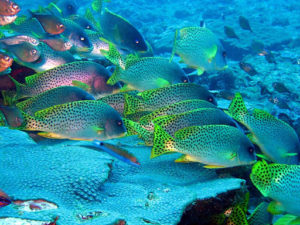
Mananara North
Located at the southern entrance of Antongil Bay, near the mouth of the Mananara River (185 km north of Fenoarivo), this town is world famous for the quality of piezoelectric quartz contained in its bedrock.
Mananara North National Park
This protected area, which includes a forest park of 23,000 ha and a marine park of 1,000 ha, is home to an extremely rich fauna and flora.
It is part of a biosphere conservation project being implemented in the region jointly by the Malagasy government and the United Nations with the participation of the local population.
The tour cannot be conducted without a permit issued in Mananara. Mananara North Biosphere Reserve is part of the global network of biosphere reserves.
Established in 1971, UNESCO's Man and the Biosphere (MAB) program promotes interdisciplinary research, education, and demonstration in resource management.
It helps improve understanding of biophysical, socioeconomic, and cultural factors that affect the environment and increase scientists' participation in decisions about more efficient resource use.
Roger Island
This islet in the middle of the Manananara River, 4 km from its mouth, is probably the 
The Roger Island is one of the two places (with Palmarium in Ankanin'Nofy) where you can find the very shy, rare and nocturnal Aye Aye Lemurs can observe in the wild.
Necropolis of Andavakandrehy
The cave of Andavakandrehy in Ambalatrano (17 km south of Mananara), a sacred site inscribed in the cultural heritage, sinks 200 meters underground.
It houses a Betsimisaraka necropolis with fifty finely crafted sarcophagi. Each sarcophagus contains seven to ten bodies. This place is a mystery, because the identity of the deceased is unknown.
It is said that the Betsimisaraka have been using this necropolis for more than 600 years.
Maroantsetra
This small river port is located at the bottom of Antongil Bay, on the Antainambalaña Estuary. The two villages installed on the site were built in 1596 by Admiral Cornelis Van Houtman visited, and its inhabitants then welcomed Dutch merchants, then pirates and slave traders of all nationalities.
Today is Maroantsetra perhaps one of the most irrigated cities in the country (more than 3000 mm of water per year), sports hikes in the jungle and trips to Nosy Mangabe make it a meeting place for naturalists and all nature lovers.
Nosy Mangabe
According to oral tradition, this island anchored 5 km off the coast of Maroantsetra was one of the 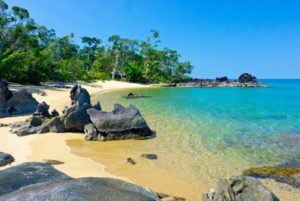
In the 17th century it became a bunkering station for Dutch ships.
On some rocks you can still see the messages engraved by the sailors for the crews of the following ships.
The merchants were soon followed by pirates, and it is said that the Briton John Avery, who had just captured a ship belonging to the Great Mogul with gold and a "pretty princess" in the Red Sea, took refuge on the island for a time before returning to Boston to negotiate for the remains of his booty.
This 520-hectare property, covered with primary forest and home to several species of lemurs, amphibians and reptiles such as the Uroplatus fimbriatus hosts, has become an integral nature reserve.
You can camp on the island. Permit and guide can be found in Maroantsetra or Antalaha be obtained.
The Masoala National Park
This 210,000 ha area protects the rainforest, mangroves and lagoons of the Masoala Peninsula. Red lemurs, flying foxes, snake eagles are among its inhabitants.
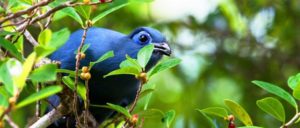
Experienced hikers who are not afraid of rain or mud can observe the fauna and flora of the park at their leisure, starting from Maroantsetra to Antalaha hike under the guidance of a guide (count at least five days).
Masoala is by far the most powerful natural experience that Madagascar has to offer, Madagascar vacation has two types of offers that are quite identical in nature but differ significantly in comfort:
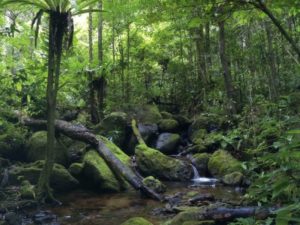
On the way, near the village Fihizono, a stone called Ambaton-Radama ("At the stone raised by Radama") commemorates the expedition that the Merina ruler led in the Betsimisaraka country in 1817.
Masoala is An exotic getaway on a remote peninsula, an incredible variety of non-dangerous wildlife and unforgettable landscapes make Masoala unique in Madagascar.
These offers, especially those with Masoala Forest Lodge are very suitable for Honeymoon Travel and also for Travel with children.
Maurice Auguste Beniowski King of Madagascar
Maurice-Auguste, Baron de Beniowski, this adventurer was put in charge of the French foundation of Madagascar in 1773.
Valambahoaka, an ordinary village in the northeast of Madagascar. It lies on the banks of a mighty river, the Antanambalana, and is surrounded by a rice plain populated by zebus. On the other side of the bank rises a green hill.
Exactly there was the trail of the builder of this city, the Polish-Hungarian Count Maurice Auguste Beniowski, who in 1776 became a King of Madagascar was proclaimed.
Translated with www.DeepL.com/Translator (free version)
He settled in 1774 in the 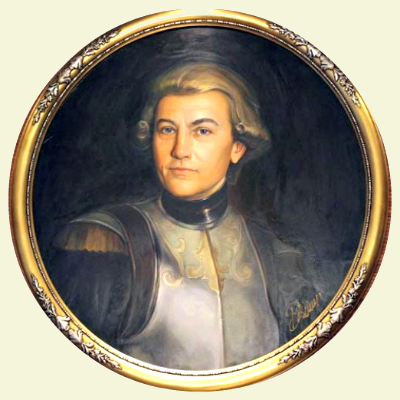
Soon after, he sent letters to his French sponsors claiming that he had subjugated the entire island and asking for money to strengthen his power. But an investigation uncovered the deception and forced him to return to France in 1776.
Since he does not consider himself defeated, this affabulist, who makes himself the "Emperor of Madagascar" explained, return and try to Betsimisaraka chiefs against the French traitors based on the East Coast.
He was shot in 1786 by soldiers sent from Bourbon Island (Reunion).




